All products featured are independently chosen by us. However, SoundGuys may receive a commission on orders placed through its retail links. See our ethics statement.
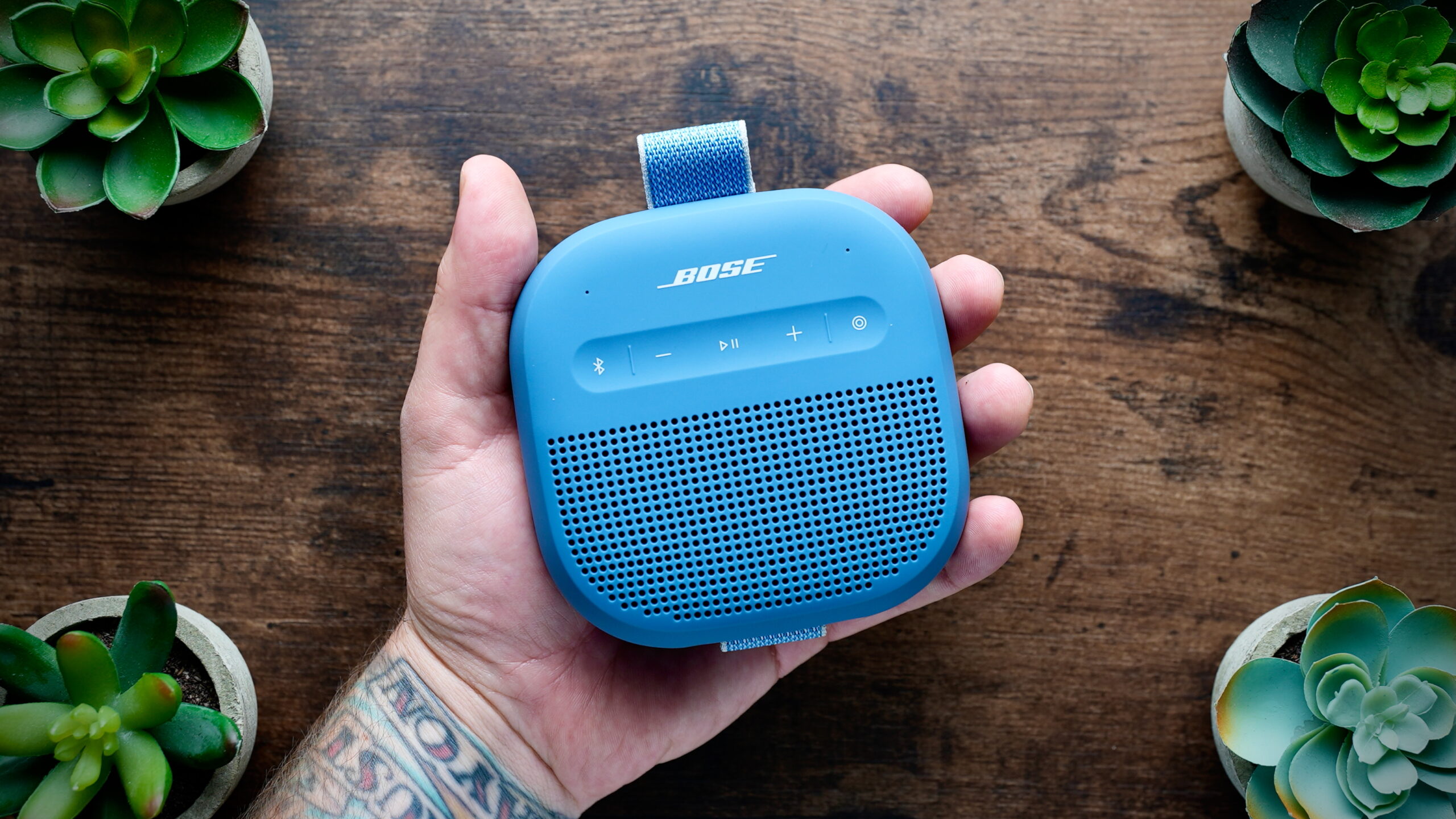

Bose SoundLink Micro (2nd Gen) review: Better sound, limited stamina
September 17, 2025


Bose SoundLink Micro (2nd Gen)
Eight years later, the popular grab-and-go Bose SoundLink Micro is back in its second generation. This mini Bluetooth speaker keeps the same palm-sized shape and rugged build, but finally gets some long-awaited updates. With a redesigned strap and promises of better sound and battery life, does it do enough to justify the premium Bose price tag? Let’s crank up some tunes on the go in this Bose SoundLink Micro (2nd Gen) review.
Editor’s note: This is the first version of the article. Updates will follow as the market changes.
The Bose SoundLink Micro (2nd Gen) is a premium choice for anyone looking for a durable, great-sounding portable Bluetooth speaker that easily straps to a bike, fits in a bag or backpack, or brings some tunes to the shower before work.
What’s it like to use the Bose SoundLink Micro (2nd Gen)?

Bose certainly took its time refreshing the SoundLink Micro. The original came out back in 2017 and quickly became a hit with the ultra-portable crowd. This latest iteration is now IP67-rated (up from IPX7) and still rocks the palm-sized shape and attachment strap, though it is slightly larger overall. Bose still wraps the unit in durable silicone, but the old fixed rubber strap has also been swapped for a replaceable fabric one, so the good news is that if the strap gets damaged, you can easily replace it. We’re always happy to see user-friendly maintenance like this.
As expected, its connectivity has also been updated, but it’s worth noting that Bose removed the built-in microphone entirely. This change means you can no longer use the speaker for phone calls, FaceTime, or voice assistants. If you need those features, consider the bigger SoundLink Flex (2nd Gen) instead. Otherwise, the outdated micro-USB charging port has been upgraded to USB-C on the plus side. Add in a few new physical buttons, including an assignable shortcut button, and we finally have a modern-day SoundLink Micro (2nd Gen).
| Action | Power button | Bluetooth button | Volume - | Play / Pause | Volume + | Shortcut button |
|---|---|---|---|---|---|---|
| Action 1x press | Power button Turn on device | Bluetooth button Enter pairing mode | Volume - Volume down | Play / Pause Play / Pause | Volume + Volume up | Shortcut button Spotify Tap/Link speaker |
| Action 2x press | Power button | Bluetooth button | Volume - | Play / Pause Skip forward | Volume + | Shortcut button |
| Action 3x press | Power button | Bluetooth button | Volume - | Play / Pause Slip backwards | Volume + | Shortcut button |
| Action Press and hold | Power button | Bluetooth button | Volume - Fast volume down | Play / Pause | Volume + Fast volume up | Shortcut button |
What are the key features of the Bose SoundLink Micro (2nd Gen)?
As usual, the Bose app is pretty barebones. Nothing new there. You get a handful of uninspired presets and a basic 3-band EQ, but you’ll also need it for things like firmware updates and assigning your new shortcut button. You can set the shortcut to act as a Spotify Tap button or use it to quickly sync up with another current-generation SoundLink speaker, like the SoundLink Flex (2nd Gen) or the SoundLink Plus. Of course, you still need to pair an identical model for true stereo performance.
How does the Bose SoundLink Micro (2nd Gen) connect?
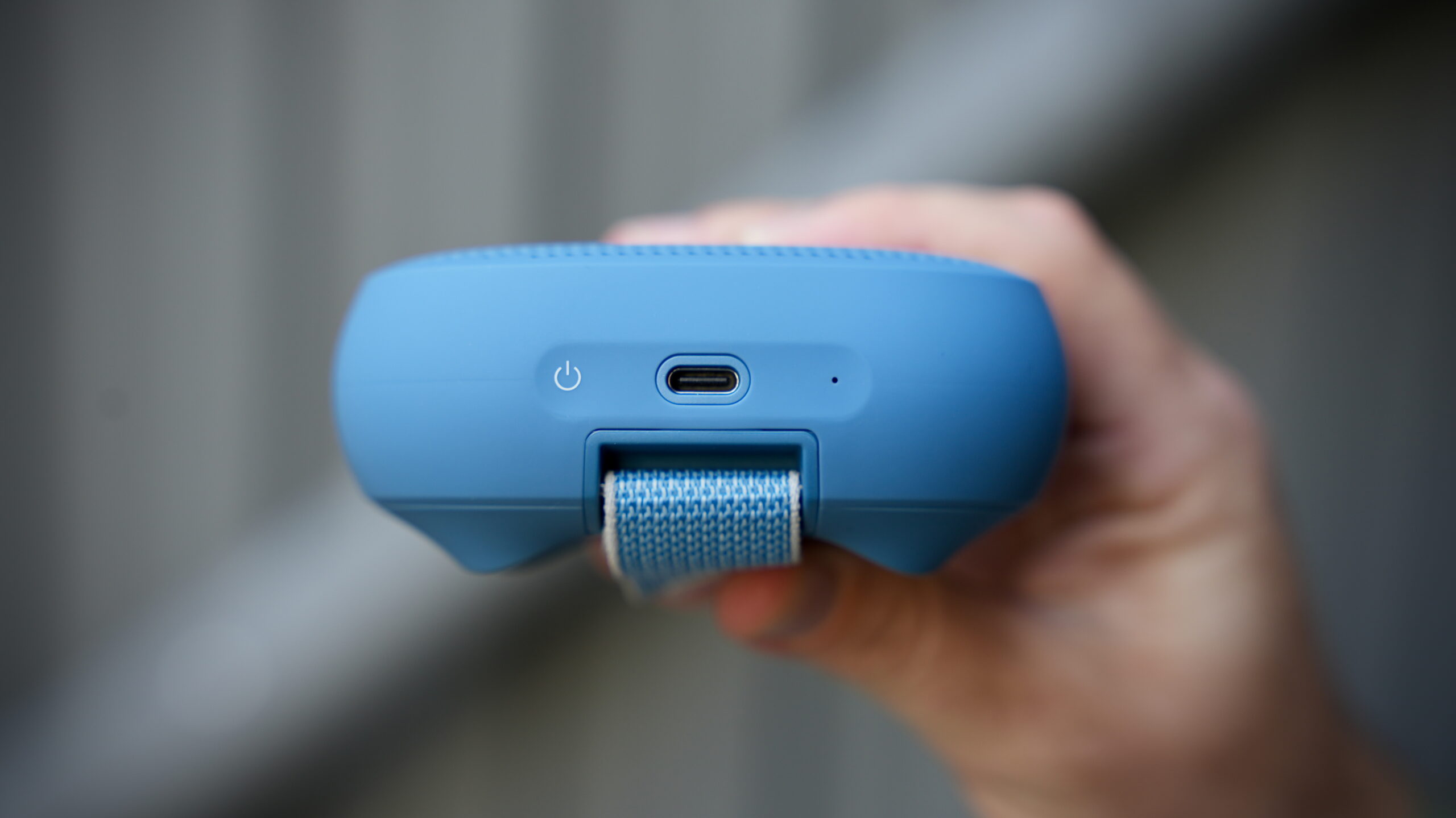
The Bose SoundLink Micro (2nd Gen) connects to your device via Bluetooth 5.4. Like all its bigger current-generation SoundLink speakers, it supports both the SBC and AAC codecs. Certain Android users also get a special perk in the form of higher-quality audio. If you have a Snapdragon device, it will automatically default to the aptX Adaptive codec. Sounds fancy, but don’t forget this is a convenient mono Bluetooth speaker, and you may not even be able to tell the difference between codecs. SBC is just fine for most people.
Additionally, the speaker supports multipoint, which is useful if you want to connect two devices and switch between them simultaneously.
Pairing the Bose SoundLink Micro (2nd Gen) is easy and follows the usual steps, as outlined below.
- Power on the device.
- Press the Bluetooth button
- Open device settings on your phone
- Select SoundLink 2 Micro
How long does the Bose SoundLink Micro (2nd Gen)’s battery last?
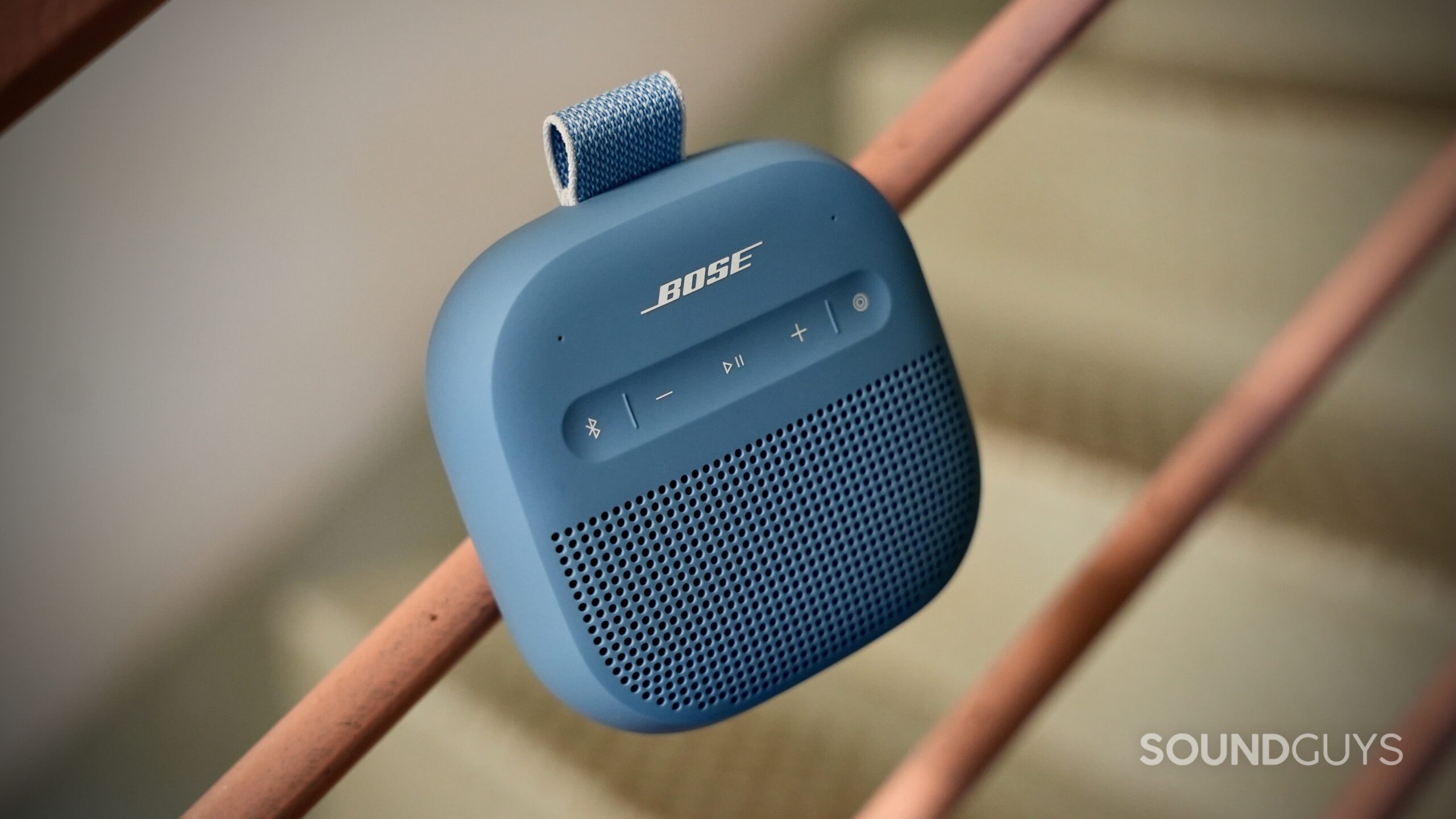
Well, this is where things get interesting. Bose claims the SoundLink Micro (2nd Gen) delivers up to 12 hours of playback on a single charge, which is double what the original Micro advertised. However, the manual quietly notes that it lasts around 3 hours at maximum volume.
We run our standard battery tests by playing music at a steady 80dB from one meter away. This isn’t quite the speaker’s top volume, but it is close and better represents typical party volume. Under these conditions, the speaker lasted just 4 hours and 33 minutes. That’s nowhere near 12 hours and certainly not enough for all-day use. You’ll get less than half the promised playback time at higher volumes.
Of course, you’ll always get more battery life at lower volumes, such as on a desk for personal listening. That’s where you might be able to reach something close to 12 hours. But if you plan to turn it up for a backyard hangout, don’t expect it to last the entire event.
How does the Bose SoundLink Micro (2nd Gen) sound?
The Bose SoundLink Micro (2nd Gen) offers excellent sound for a palm-sized portable speaker that works well across genres.
Reviewer’s notes
Editor’s note: This review uses a hover-enabled glossary to describe sound quality based on a consensus vocabulary. You can read about it here.
We are awaiting the MDAQS results for the Micro (2nd Gen). Please check back soon!
Unlike the original Micro, the Micro (2nd Gen) does not include a built-in microphone.
Should you buy the Bose SoundLink Micro (2nd Gen)?

If you’re okay paying the Bose premium, the SoundLink Micro (2nd Gen) delivers impressive performance for its size. It has a full and clear sound that outperforms most ultra-portables I’ve tested, and it does a great job of sounding bigger than it actually is. You can strap it to your bike, toss it in a bag for a beach day, set it on your desk, or even use it in the shower. It’s a great sonic companion for your adventures and doesn’t take up much room.
Just remember, this is an ultra-portable speaker. You can only expect so much volume and bass from something this compact, and the lackluster battery life at higher volumes may be a dealbreaker for some. It lasted about four and a half hours in our testing. Also, remember that Bose removed the built-in microphone, so you won’t be taking calls through the speaker this time.
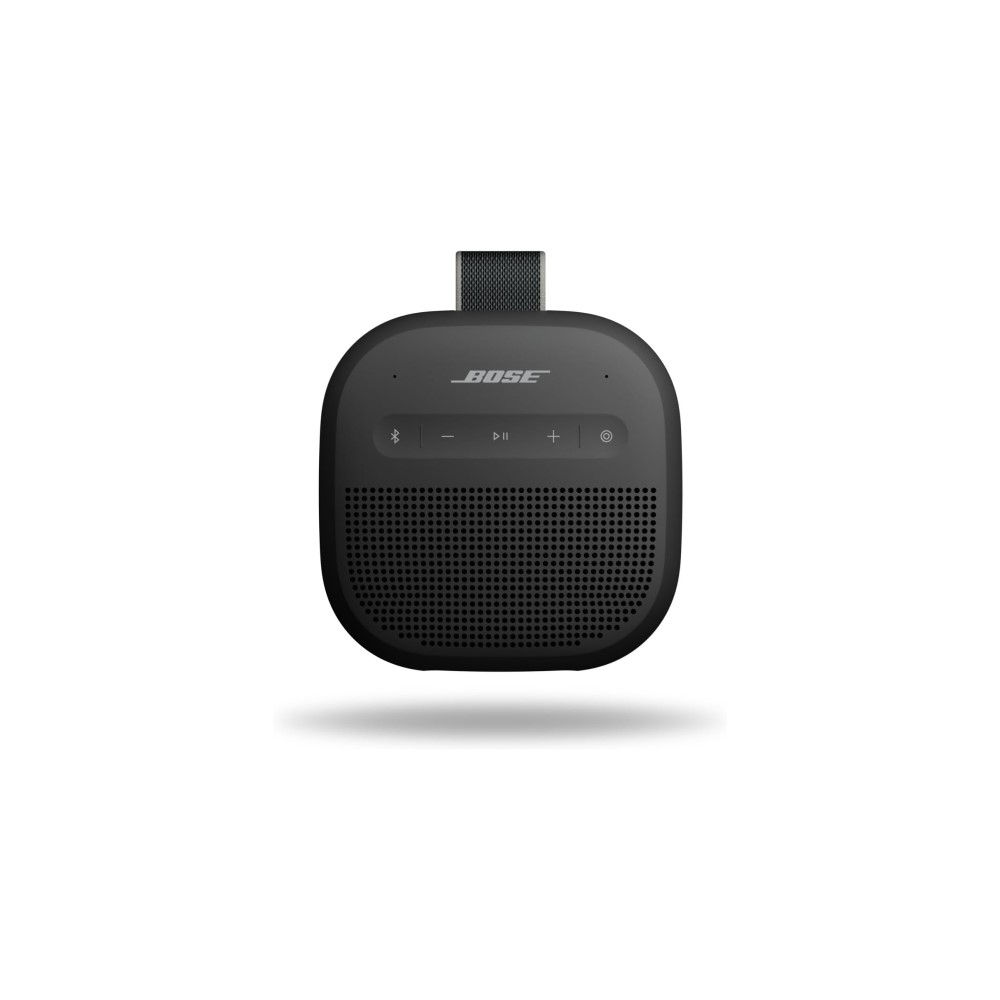

What should you get instead of the Bose SoundLink Micro (2nd Gen)?
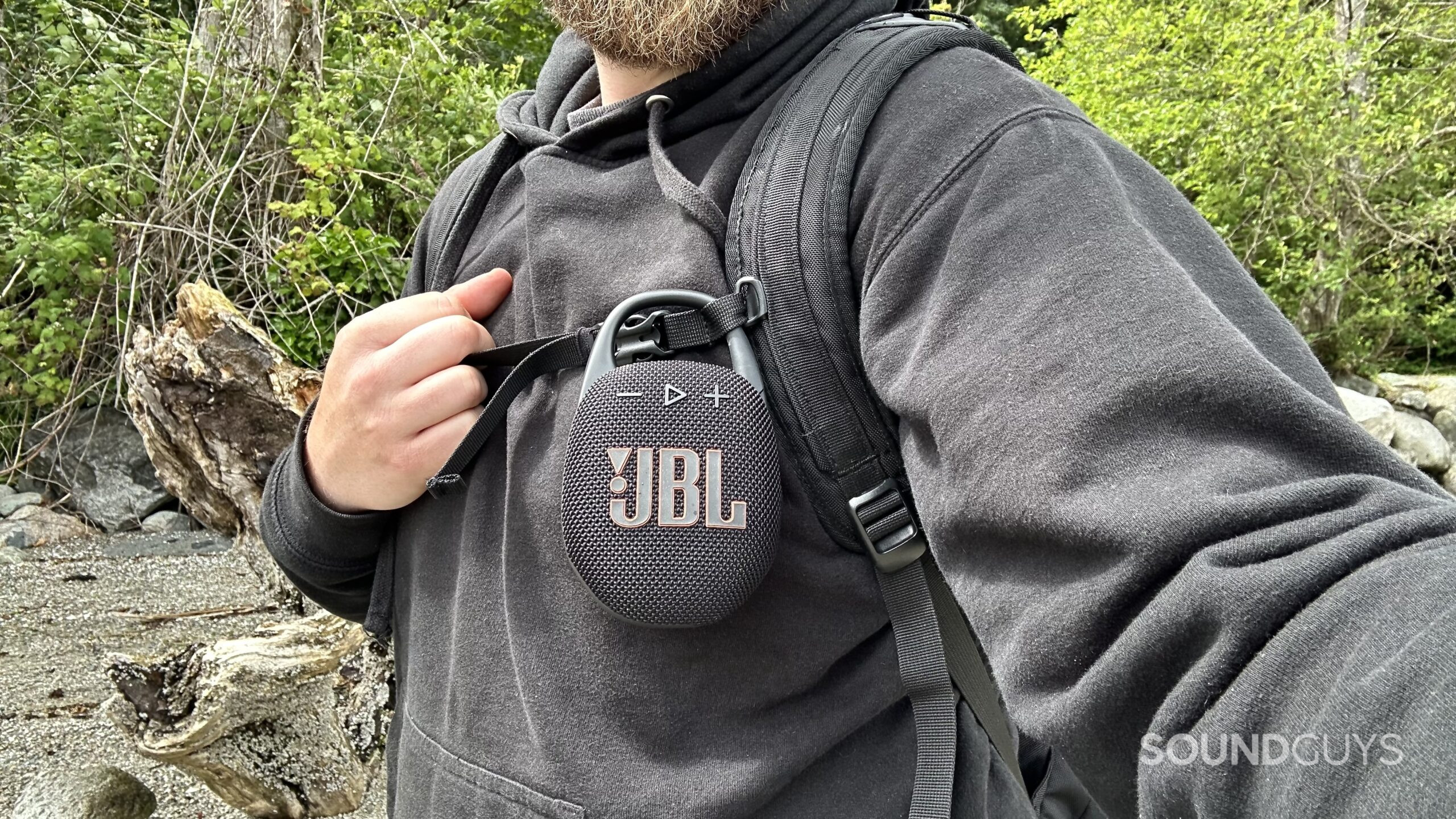
If you like the size of the SoundLink Micro but want to save a few bucks, consider the JBL Clip 5. It has the same durable build, fun grab-and-go design, and a built-in carabiner for quick attachment. While it may not sound as refined as the SoundLink Micro (2nd Gen), the Clip 5 is still a popular and decent-sounding ultra-portable Bluetooth speaker. Find one for $79.95 at Amazon.
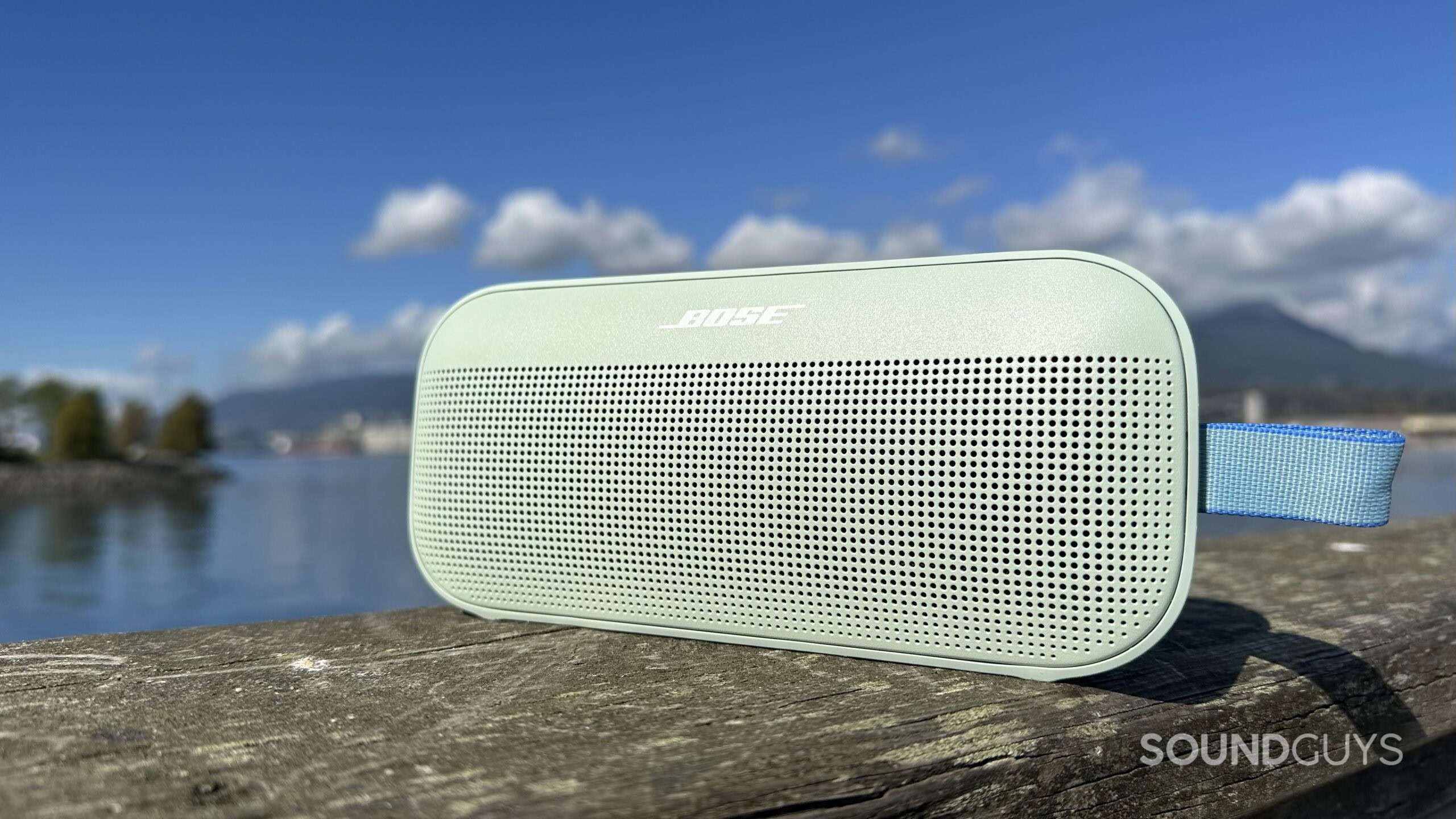
Otherwise, if you want something with a little more output, spend the extra $20 and snag the SoundLink Micro’s bigger sibling, the SoundLink Flex (2nd Gen). You’ll get a bit more bass, a bit more volume, and all the same connectivity options, not to mention the same durable build and a built-in microphone. Snag a SoundLink Flex (2nd Gen) for $149 at Amazon.
Frequently asked questions
Yes. You can use the Bose SoundLink Micro (2nd Gen) while charging.
No. The Bose SoundLink Micro (2nd Gen) does not feature a 3.5mm Aux input.
The Bose SoundLink Micro (2nd Gen) is not designed to be used with a TV, but it technically will work if your TV offers a Bluetooth connection.
The Bose SoundLink Micro (2nd Gen) is a mono unit, but can be paired with an identical model for stereo playback.
Thank you for being part of our community. Read our Comment Policy before posting.